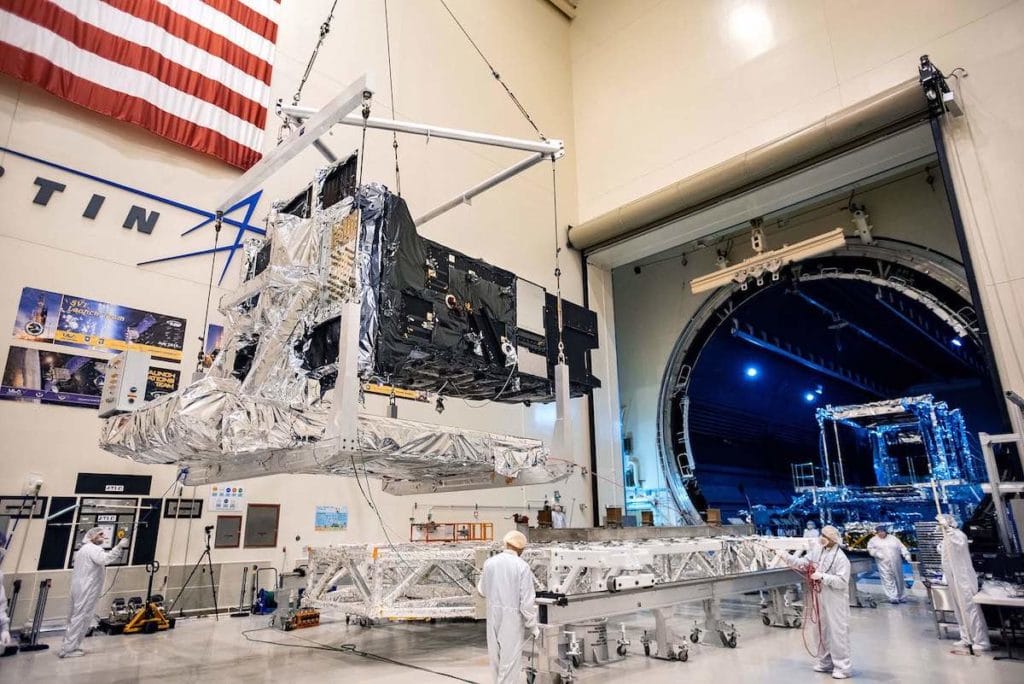On February 8, SpaceX continued its ongoing mission to expand connectivity across the globe by successfully launching 21 Starlink satellites. The launch took place at the Cape Canaveral Space Force Station in Florida, utilizing the reliable Falcon 9 rocket. This marked yet another successful step forward for the private aerospace company in its bold bid to revolutionize space-based internet services.
The mission, conducted in a well-coordinated manner, began with a liftoff at 2:18 p.m. ET. The satellites carried on board the Falcon 9 primarily belong to SpaceX’s second-generation Starlink network. Notably, 13 of these satellites were designed with a direct-to-cell communication capability, which is expected to widen the scope of Starlink’s impact on global telecommunication systems.
The Falcon 9 rocket used in this launch is particularly noteworthy as it represents SpaceX’s strategy for reusability. The rocket’s first stage performed its 17th mission—a testament to the engineering prowess of the SpaceX team. The booster initially launched Crew-6 and other critical missions, demonstrating the versatility and resilience of SpaceX’s technology. Following its deployment today, the booster successfully executed a routine landing on a droneship located in the Atlantic Ocean, setting the stage for future assignments.
Starlink, SpaceX’s satellite internet project, aims to leverage a constellation of satellites encircling low-Earth orbit to provide high-speed internet access to underserved areas. By deploying these advanced units in this mission, SpaceX not only contributes to connecting remote regions but also strengthens its capacity to offer services in densely populated urban and rural areas.
Moreover, the direct-to-cell function featured with some of the newly launched satellites signifies a strategic pivot. This feature is designed to extend Starlink’s usability to smartphone users, enabling the satellites to provide internet, messaging, and even emergency communication directly to mobile devices. This could potentially disrupt traditional cellular networks and foster new opportunities for consumers, especially in disaster-prone areas where connectivity is often lost.
As part of their enduring mission, these 21 satellites joined thousands of Starlink units already orbiting the Earth. Since its first Starlink launch in 2018, SpaceX has successfully launched over 7,000 satellites, steadily building a robust network that powers both residential and enterprise-grade internet services. The highly organized Starlink constellation functions as an intricate system that ensures efficient data transfer and lower latency levels.
While the success of these frequent launches underscores SpaceX’s operational prowess, it also raises discussions about space traffic and orbital sustainability. With hundreds of satellites deployed each year, questions surrounding long-term space ecosystem management have started gaining prominence in both scientific and regulatory spheres.
Looking ahead, SpaceX has expressed no intent to slow down. The company envisions augmenting Starlink’s capability in the coming months and years, transitioning the technology to serve Maritime, Aviation, and Military requirements. Each launch further solidifies SpaceX’s capability to merge spacefaring ambitions with essential ground-level services, thereby reshaping the operational landscape for modern connectivity.
The mission’s success not only reiterates SpaceX’s dominance in orbital launches but also enhances Starlink as a critical asset in fostering worldwide digital equity. As engineers and technology enthusiasts closely monitor its progress, the endeavor reaffirms the indispensable role of innovation and strategic execution in the evolving field of space exploration.
As plans for more launches solidify, SpaceX remains committed to its overarching objective of transforming the accessibility of internet infrastructure. With every new satellite sent into orbit, the company moves closer to making Starlink a mission-critical service for scores of people worldwide.



